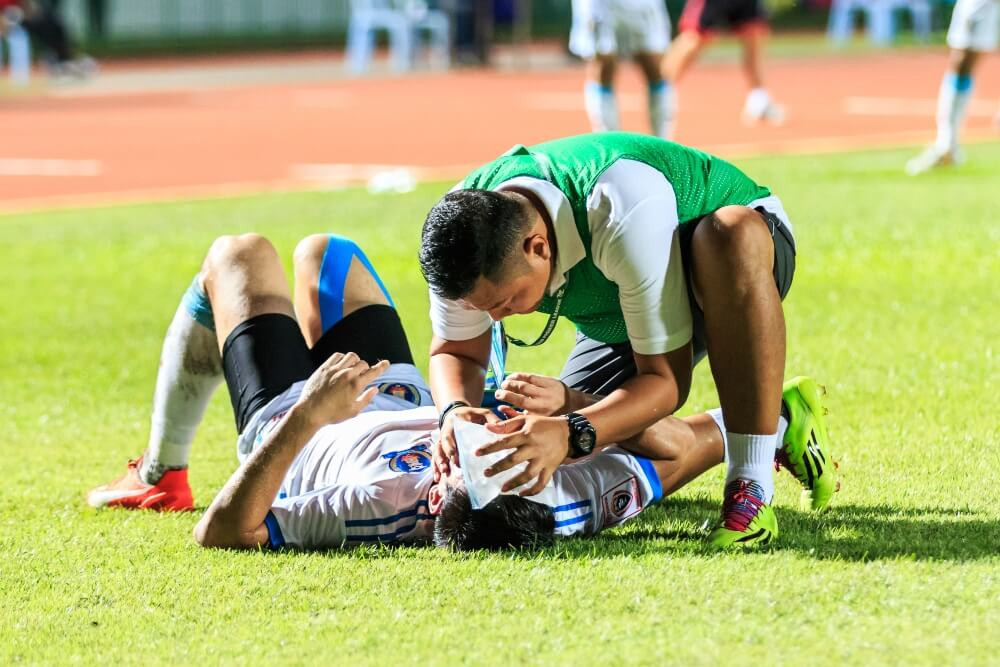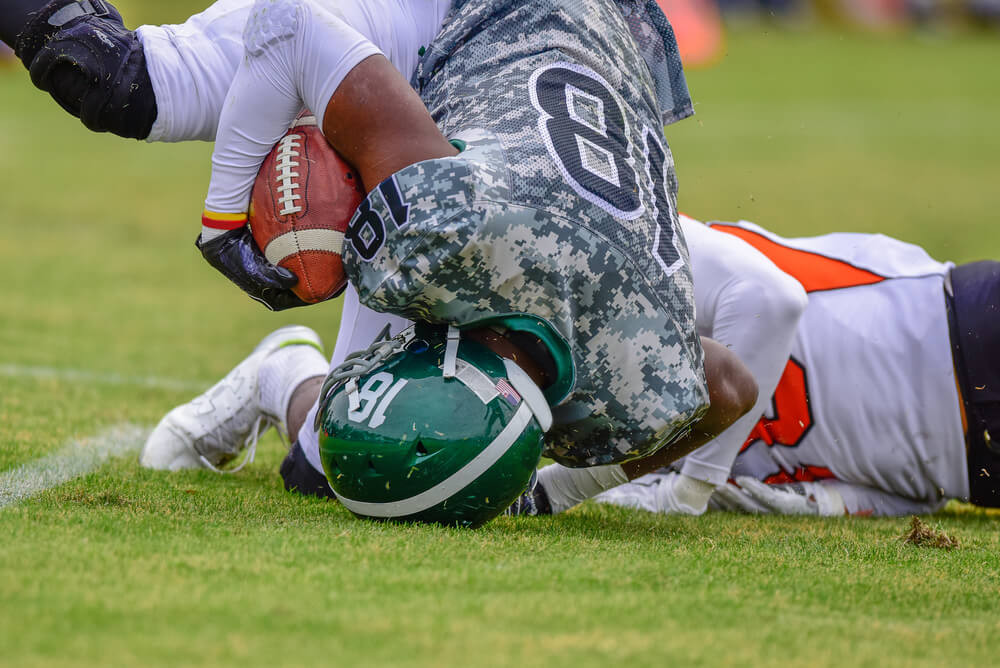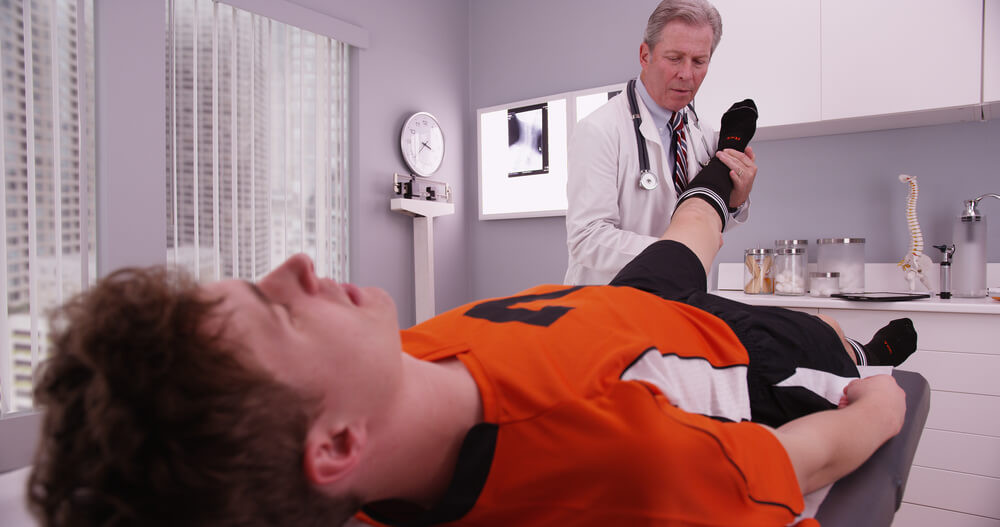Health, Concussion
Welcome and thanks for visiting...

Does Previous Concussion Put You at Risk for Injury? - Part II

In the last article, we started our discussion about the correlation of concussion and lower limb injuries. We also discussed some of the recent studies published in this area and how they are starting to see a correlation to changes in the way that we move when we walk and lower limb injuries. We might think that is a fluke but that was followed up by another great study (Gilbert et al Sport health 2016) which compared division I athletes with and without concussion.
In simplistic terms, in research, one of the stats we use to show strong correlation is a p-value. P values of .05 shows a strong correlation. The lower the p-value the stronger the correlation. In this study they showed a correlation of p = .002 for knee injuries and p = .012 for ankle injuries. This means, if you suffer a concussion, you are likely to suffer an ankle injury and more likely to suffer a knee injury.
Most might think this is only right after the concussion. But according this study, you are at 1.6 to 2.9 times greater risk of suffering a lower kinetic chain injury up to 2 years post-concussion. I think we all realize you might be at risk right after the concussion or right after return to play, but 2 years later?
This must be a fluke, right? That can’t be right. Considering, one of the most powerful or meaningful types of research we have is what is called a systematic review. In a systematic review, the authors review all the latest research in a defined area over a period of time. In 2018 there was a systematic review published (McPherson et al Am J Sport Med 2018) that looked at seventeen years’ worth of studies from 2000 – 2017.
During this time frame, there were only 8 studies published that looked at concussion and the incidence of musculoskeletal injuries. A review of all the literature led to the conclusion that if you have had a concussion, you are at two times greater risk of MS injury versus a non-concussed athlete. The authors of this study went a step further (McPherson et al Sport Med 2020) where they reviewed the records of >1600 anterior cruciate ligament reconstructed (ACLR) patients looking for a history of concussion up to 3 years PRIOR to the ACLR.
They then compared those results to 4,900 match controls (subjects of same age, gender, sport, level of play and position) to see if concussion put you at a greater risk for ACLR. Based on the results of this retrospective analysis, what we see is that if you have had a concussion, you are at 1.6 times greater risk of suffering an ACL injury up to 3 years post-concussion. We also know now that if you have 2 or more concussion, this risk is even greater for lower limb injury (Harada et al Am J Sport Med 2019).
As surprising as this is for you and something that you may have never heard of, most in the sports medicine industry do not even know these correlations exist. This is the one thing, that when I present at sports medicine conferences, that people find the most surprising.

Let’s think about this for a moment. You have an athlete that has been concussed. After some time, cognitively they seem to be back to normal, they passed a concussion test (like the SCAT5) or their Impact Test returns to baseline measures. They return to sport with no nausea, no dizziness, no balance deficit, etc, then why is it that they are at an increased risk? Most concussion protocols and rehab ensure that these things are back to baseline before return to sport is considered.
In most cases, the athlete has been tested under stressful conditions (sprints, ladder drills, etc) and still presents with no symptoms. Then if they are still at risk, what are we missing? We will dive into this in some depth next week but one teaser I will throw out there for you, what is it that puts an athlete at risk for a lower kinetic chain problem? When we talked about the Dreaded ACL Injury, what were some of the movements we looked at? Do we assess those as a part of our return to play post-concussion?
In most instances that answer is no, we don’t. Should we?
That is the question we will dig into next week, where we begin to look at the impact of concussion has specifically on movement. From this, we can talk about some simple screens we can do with athletes to reduce risk for concussion as well what training we can add to our athletes that impacts risk. Stay Tuned!
Does Previous Concussion Put You at Risk for Injury? - Part I
Does Previous Concussion Put You at Risk for Injury? - Part III
Does Previous Concussion Put You at Risk for Injury? - Part IV
Does Previous Concussion Put You at Risk for Injury? - Part V





